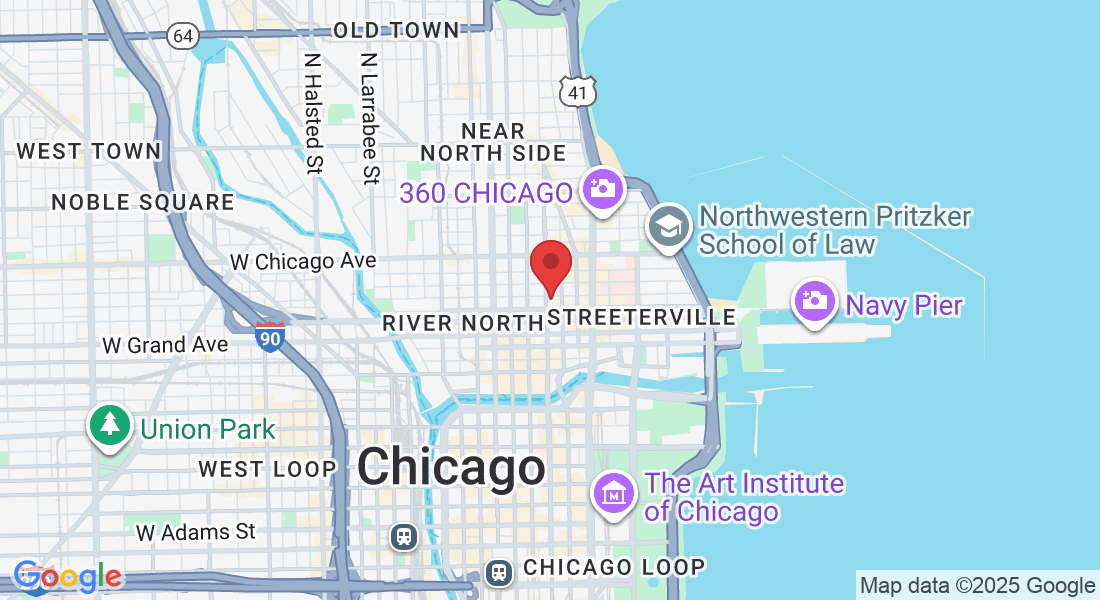
Facemask Safety for Oxygen Therapy Users
We who utilise oxygen treatment understand how crucial it is to maintain the health of our skin and guard against harm. Facemasks are an excellent tool for achieving this since they can help lower the risk of infections like MRSA, which can be brought on by bacteria that sticks to masks in healthcare facilities like hospitals and nursing homes.
Numerous facemasks have a safety issue since oxygen treatment patients have not been tested on them. This blog post will explain why it is never a good idea to use your regular mask for oxygen therapy as well as what to look for when choosing the right mask.
When and Why to Wear a Facemask in Public
In public, the Centers for Disease Control (CDC) now advises covering your face with a handkerchief. While social distance of six feet is the greatest approach to ensure you don’t inhale these droplets, wearing a cloth mask also helps. The new coronavirus spreads mostly by droplets created when someone speaks, coughs, or sneezes.
This advice is given for the following two causes: First of all, a facemask made of fabric acts as a barrier to prevent you from potentially spreading a virus. Second, it might offer you some kind of defence against other people. The others surrounding you should also be wearing masks to provide the highest level of protection.
So when is it appropriate to wear a cotton facemask? People above the age of two are advised by the CDC to use fabric facemasks in public, especially in situations where maintaining appropriate social distance may be challenging.
This can apply to stopping at the grocery store, pharmacy, gas station, or even a neighbourhood eatery to pick up takeout. Wear a mask if you think you’ll be in close proximity to someone else.
Although the CDC advises people with breathing problems to be cautious when wearing facemasks, many states and towns now mandate the use of cloth facemasks when in public.
The majority of people will therefore need to adjust to using a facemask.
Thankfully, facemasks shouldn’t interfere with your oxygen therapy or breathing if they’re worn properly.
6 Tips for Safely Wearing a Facemask During Oxygen Therapy
It could be a little more difficult to wear a facemask when receiving oxygen therapy, but it only takes experience. Your facemask should snugly fit over your face without getting in the way of your tubing or nasal cannula. The following advice will help you ensure that your cloth facemask fits comfortably, remains in place, and does not obstruct your oxygen therapy.
Try out several masks. Since there is no such thing as a one-size-fits-all facemask, it is helpful to try out various designs to see which one fits and feels the most comfortable on you. Look for a 100% cotton facemask that is breathable, fits you well, and feels secure whether you choose to purchase one already made or build one yourself. There are many different designs available.
At home, practise putting on your facemask. Most of us have never worn a facemask before, so getting used to it can take some time. To become accustomed to putting on, securing, and taking off your facemask properly, practise wearing it at home. Get acclimated to speaking and breathing while wearing a facemask by practising these activities. You will feel more at ease with your oxygen therapy once you are outside if you use your facemask while performing tasks at home.
Without interfering with your nasal cannula, your facemask should cover your mouth, chin, and nose. Your facemask should snugly fit your face without slipping or feeling unduly constrictive. It shouldn’t interfere with how you breathe or put pressure on the oxygen tube or nasal cannula. Your nasal cannula and tubing should fit comfortably within while the fit should be snug without gaps at the top, bottom, or sides.
Look for a mask with a top edge that can be bent.To assist you fit the mask snugly over your nose, many cotton facemasks are manufactured with a bendable wire or other adjustable material. This not only keeps your facemask in place firmly, but it can also make wearing your nasal cannula more comfortable and less likely for your glasses to fog up. So that you won’t be tempted to alter the mask while you’re out and about, it’s crucial to have a secure, comfortable fit. Once you’ve put on your mask, wait to touch it until you’ve cleaned your hands completely.
Safely remove your mask. Always wash your hands thoroughly with soap for at least 20 seconds before donning, altering, or removing your mask. To avoid touching your eyes, nose, mouth, or cannula when taking off your facemask, only touch the straps and take them off from behind your ears.
Cleaning everything Follow the CDC’s guidelines and fold the outside corners of your facemask before washing it by hand or in the washing machine.Wash your nasal tube and cannula as soon as possible.
It may take some getting used to wearing a facemask while receiving oxygen therapy, but with practise, you’ll learn how to do so comfortably and safely.
Author: The content and marketing manager for Inogen is Jen Coltrin. The goal of Inogen is to teach people who utilise supplemental oxygen how to get around in their daily lives.
Conclusion
While the CDC advises wearing a cotton mask to guard against the novel coronavirus, some people who prefer their oxygen therapy may find this impractical. Fortunately, there are various strategies to maintain your oxygen intake while simultaneously preventing the infection from spreading to others and yourself. When in close contact with others, one choice is to wear a surgical or N95 mask in addition to an air purifier or vacuum pump (which has been proven to filter out droplets). You might also use disposable filters on your machine to eliminate the need for daily maintenance.



